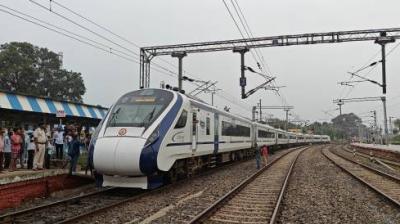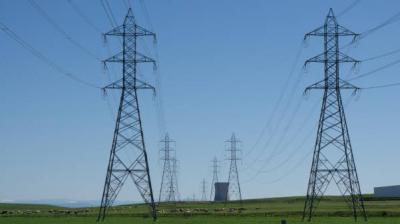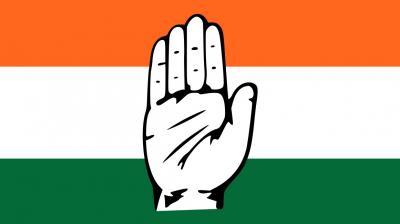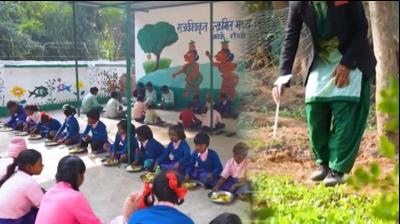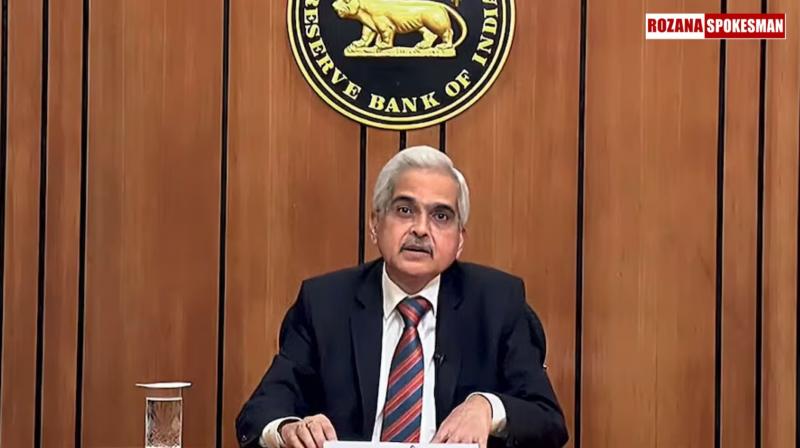
“High inflation erodes disposable incomes and adversely impacts private consumption and GDP growth,” the governor emphasized.
The Reserve Bank of India (RBI) Governor Shaktikanta Das has announced a reduction in the cash reserve ratio (CRR) for banks by 50 basis points, bringing it down to 4% of net demand and time liabilities (NDTL). This change will be implemented in two phases: a 25 basis point cut effective from December 14, followed by another 25 basis point cut on December 28.
This measure is expected to infuse Rs 1.15 lakh crore of liquidity into the banking system, providing a substantial boost to the economy.
Revised Inflation and Growth Projections
The RBI has revised its inflation forecast for FY25, raising it from 4.5% to 4.8%. Quarter-wise estimates for FY25 project inflation at 5.7% in Q3 and 4.5% in Q4. Looking ahead to FY25-26, CPI inflation is projected at 4.6% for Q1 and 4% for Q2.
Governor Das highlighted that while food inflation pressures remain elevated due to lingering price issues, favorable agricultural conditions are expected to ease these pressures. "A robust Rabi season, supported by record Kharif production and seasonal corrections in vegetable prices, should bring moderation," he noted. However, the governor warned of rising domestic edible oil prices due to global trends and import duties, calling for close monitoring.
GDP Growth and Industrial Performance
India’s real GDP growth slowed to 5.4% in Q2 FY24, down from 7.8% in Q1, driven primarily by a sharp decline in industrial growth, which dropped from 7.4% to 2.1%. The manufacturing sector, mining, and electricity output contributed to this deceleration.
Despite these challenges, high-frequency indicators suggest an uptick in Q3, supported by festive demand and rural economic activity.
Global and Domestic Risks
Das also addressed global economic resilience amid rising U.S. dollar strength, volatile financial markets, and hardening bond yields. He cautioned against rising protectionism, which could disrupt global supply chains, hinder growth, and escalate prices. Domestically, risks include high inflation, geopolitical uncertainties, and financial market volatility.
“High inflation erodes disposable incomes and adversely impacts private consumption and GDP growth,” the governor emphasized.
Focus on Price Stability
The Monetary Policy Committee (MPC) reiterated its commitment to durable price stability as a foundation for sustained economic growth. While inflation briefly exceeded the upper tolerance band of 6% in October, easing food prices and favorable agricultural output are expected to stabilize inflation in the coming quarters.
The RBI’s latest measures signal a balanced approach, addressing liquidity concerns while maintaining vigilance over inflation and growth dynamics.


